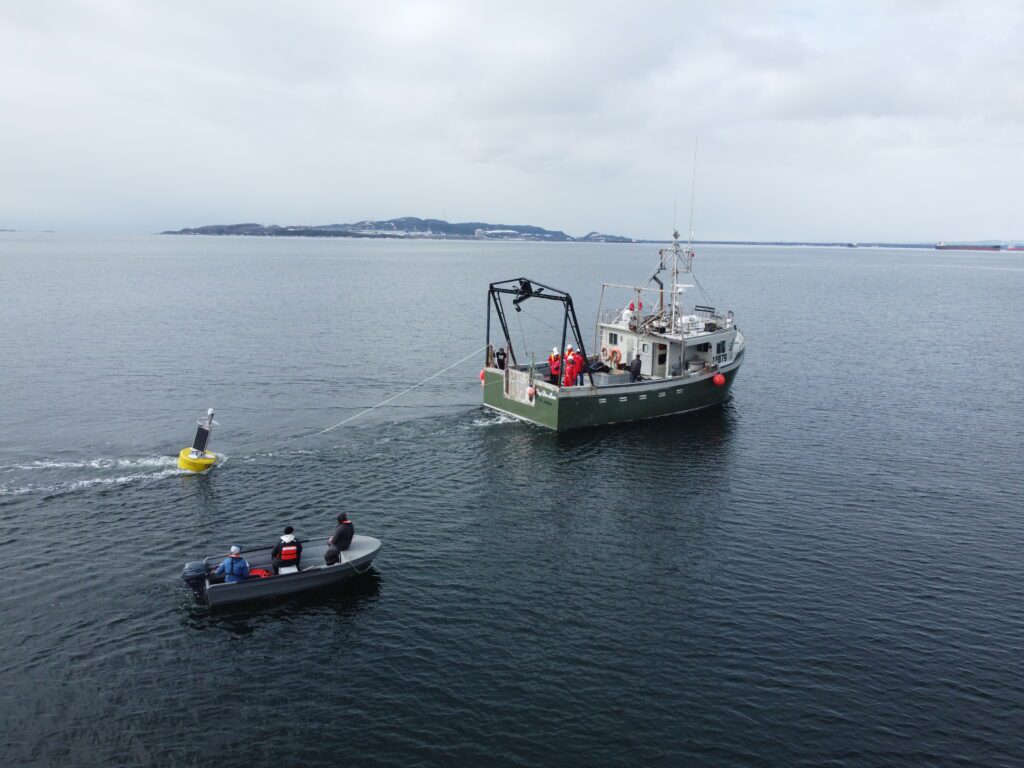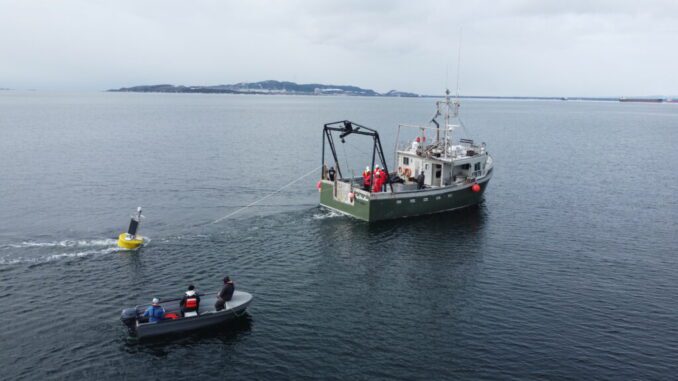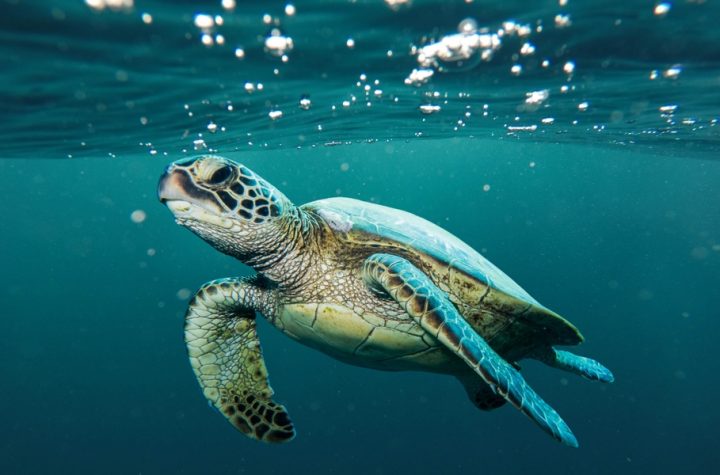


The Nordic Institute for Research in Environment and Occupational Health's Preventive Management Project for Enviro-Actions of Industrial-Port Zones has been recognized by the UN as supporting marine biodiversity. The initiative, launched in Sept-Ills, was adopted as part of the United Nations Decade of Ocean Science for Sustainable Development.
The program, which runs until 2030, is coordinated by UNESCO's Intergovernmental Oceanographic Commission. It recognizes the efforts of INREST, which aims to monitor near real-time air and water quality in ecosystems in industrial-port zones.
The challenges are the same all over the world
“Enviro-Actions responds to challenges around the world. This collaborative approach is essential in finding viable solutions to advance ocean-centric industrial practices to ensure these key socio-economic drivers are sustainable,” said Julie Carrier, Director General of INREST.
The Sept-Ills Institute has now been recognized by the Intergovernmental Oceanographic Commission for its commitment and involvement in the eyes of the United Nations. Port areas represent vital spatial, industrial and socio-economic development and are key land-sea interfaces in communities around the world.
Understanding marine pollution
Challenges addressed by eco-action include understanding marine pollution and how to address it, as well as protecting and restoring ecosystems and biodiversity.
“Together with our key partners, we believe the best way forward to protect and improve marine ecosystems is to better measure the impact of human activities essential to social and economic well-being. The Enviro-Actions project provides important data and management tools to help decision makers in industrial and port zones achieve these goals.” Julie Carrier recalled.





More Stories
Russia imposes fines on Google that exceed company value
Historic decline in travel in Greater Montreal
Punches on the “Make America Great Again” cap: Two passengers kicked off the plane